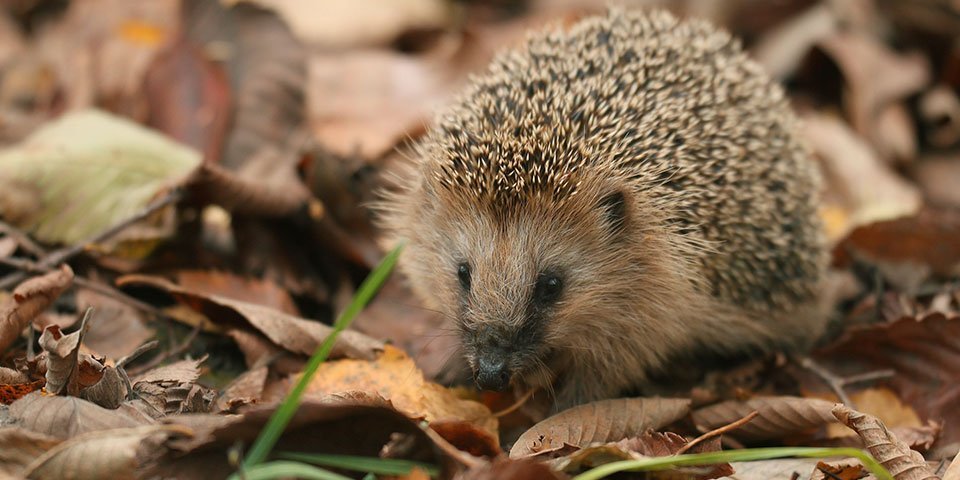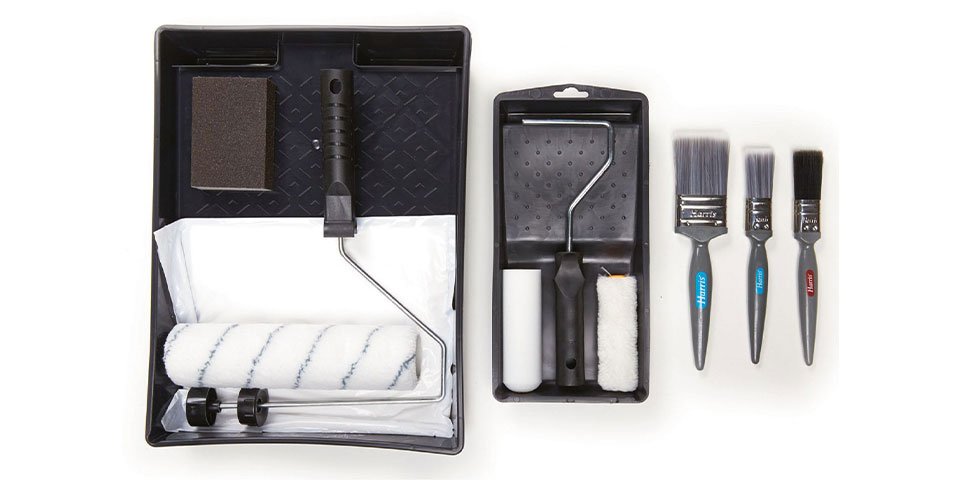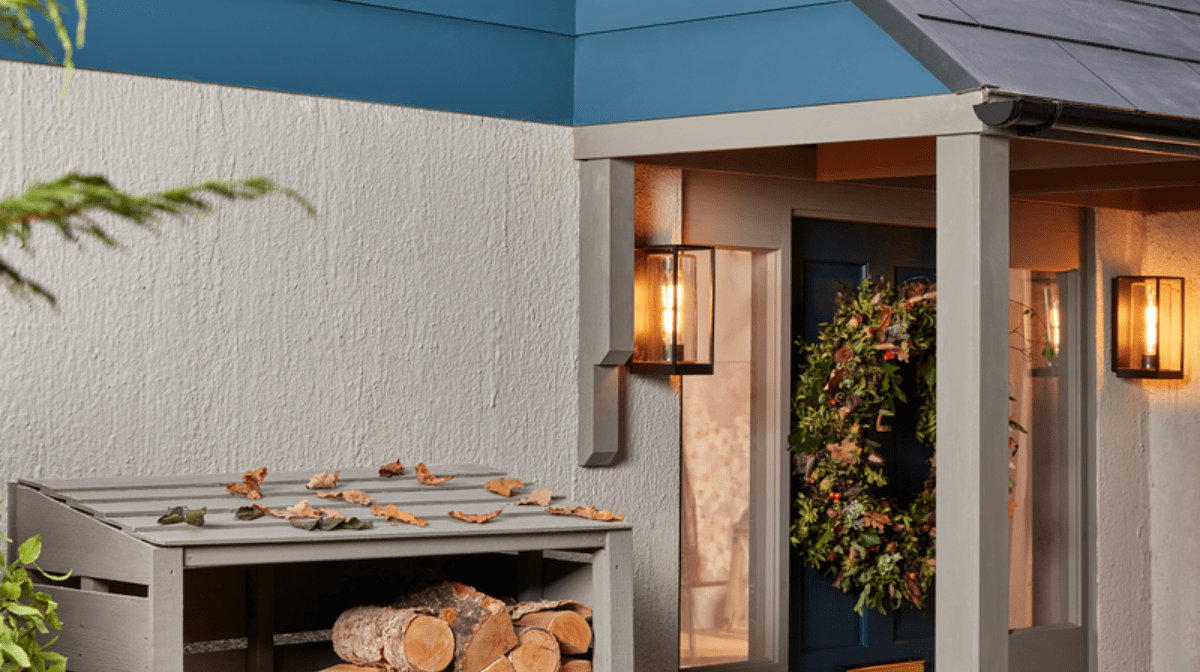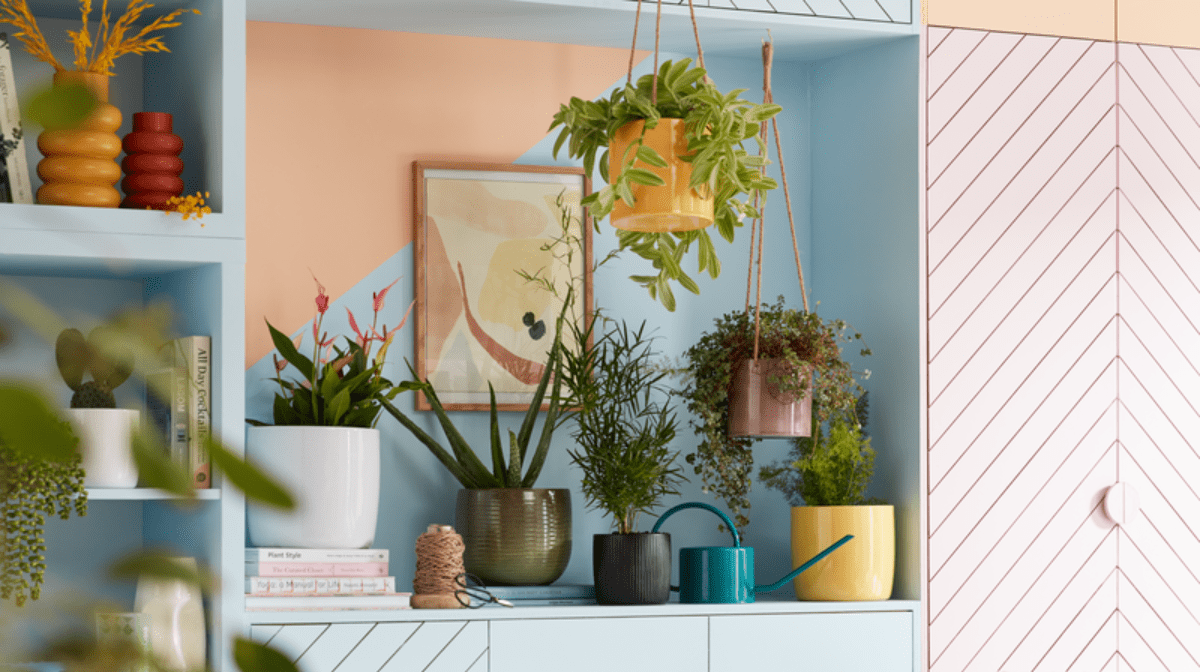Hedgehogs are among the most popular creatures to visit our gardens – loved by children for their endearing charm and a friend to gardeners for the way they happily consume a variety of pests that would otherwise threaten plants and crops. Sadly, these days their numbers are threatened by the widespread use of pesticides and expanding urbanisation, so these wonderful little creatures need all the help they can get if they are to survive.
Step 1: Make them feel welcome
The problem with many new homes and gardens is that they are built to keep animals such as foxes and vermin out rather than encourage them in, but there’s still ways that you can make your garden more hedgehog friendly. The most obvious is to grow hedgerows as dividers between gardens rather than put up a fence. Choose a variety that will grow densely and they will work every bit as well as a solid fence, while also allowing the tiny hedgehog to pass through. If fences already exist, you could simply cut a small hole at ground level that will allow them to pass through.
Elsewhere in the garden, you could try to create areas of wild land that hedgehogs would feel safe and at home in. You can do this by growing tall wild flowers and grasses, or simply leaving part of your garden to grow untamed.
Step 2: Make a home for a hedgehog
The easiest way to make a home for a hedgehog is to build a woodpile. This will make a great place for them to hibernate, but make sure it’s out of the way and won’t be disturbed during the winter months (November-March) when they will be asleep.
If you’re really keen to give a hedgehog somewhere to live in your garden, you could make a home especially for them. Try using a large, sturdy cardboard box with air holes cut into the sides, then fill it with dry grass or straw. If you want something a bit more permanent, use a wooden box, but make sure you treat it with a water based preservative as varnish fumes might linger within. Whichever material you use for the home, position it somewhere out of the way so it won’t be disturbed, and make sure you create a tunnelled entrance using bricks or off-cuts of wood. You can cover the finished home in twigs and leaves to disguise it, or even partially submerge it into the ground. Just make certain you don’t interfere with the home once a hedgehog has taken up residence in it.
Step 3: Feeding the hedgehogs
Hedgehogs are natural predators for all manner of pests which makes them a wonderful helping hand in protecting whatever plants and vegetables you might be growing. But hedgehogs have a keen appetite and even in a garden full of slugs, snails and insects they’ll appreciate whatever food is given to them.
First, forget what you’ve always been told about putting out a dish of milk and bread – hedgehogs are actually lactose intolerant and feeding them this will give them an upset stomach. Stick to plain, fresh water in a shallow bowl instead.
You can also feed them things like tinned pet food (either chicken or turkey) and crushed cat or dog biscuits. Hedgehogs appreciate extra food throughout the year, but especially in the autumn when they’re looking to increase their fat reserves ready for hibernation over the winter months.
Step 4: Keeping hedgehogs safe
Even a well kept garden can be full of perils for an unsuspecting hedgehog. Here are a few things you can do to make sure your garden is a safe place for them to live:
- Pesticides: If you’re trying to make your garden hedgehog friendly you should avoid using chemical based slug pellets, as there’s every chance that the hedgehogs will eat any slugs that have ingested the poison. Look for varieties that are wildlife friendly to be on the safe side.
- Ponds: Fix a fine netting over your garden pond to prevent hedgehogs from falling in, or make sure the edges are sloped so if one does find its way into the water it can easily climb out.
- Compost heaps: Hedgehogs might choose to hibernate in these, so try to gently poke around in them before digging deep into the compost.
- Grass: Always check patches of long or overgrown grass for hedgehogs before mowing as they make perfect spots for them to forage for insects or sleep in.
- Daytime activity: Hedgehogs are nocturnal and should only come out at night. If you do spot a hedgehog out and about during the day, it is probably in trouble and will need to be taken to a Wildlife Rescue Centre for a check over.
Top tip:
- If you do find a hedgehog curled up asleep in your garden or wandering around at night, make sure that children especially are aware that they are wild animals and any prolonged attention might cause it distress.










